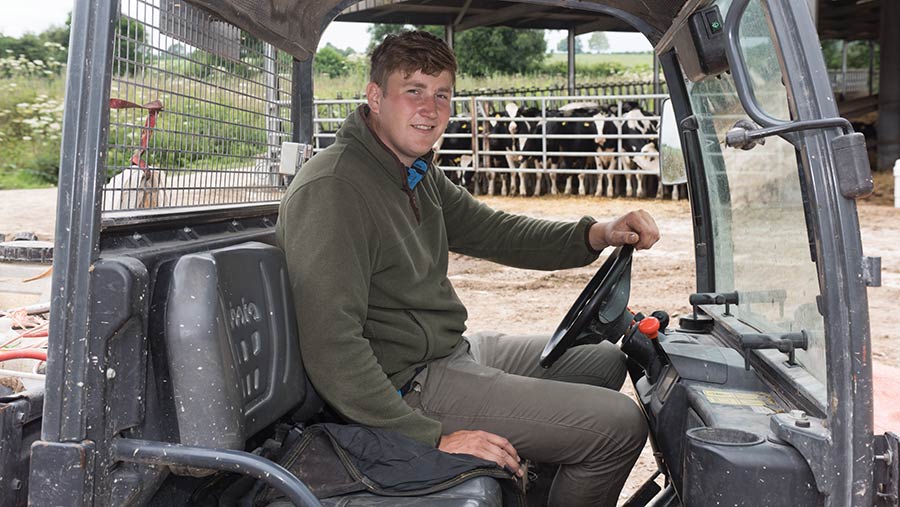Farmer Focus: Dampened seed-beds but not spirits
 © Hugh Nutt
© Hugh Nutt October’s wet weather came a little too early for us, leaving one field left to drill with winter wheat.
More concerning though, was that the fields we recently drilled did not take the rain well and created a waterlogged mess.
To add insult to injury, this meant that travelling was not possible, not even for the much-needed RTV and slug pelleter.
Tending to slug traps has been the only field work possible, with some scary results.
See also: How one Leicestershire farm is tackling high magnesium soils
Hopefully, the stronger, early-drilled crops are nearly in the clear with the help of the pellets, leaving just the later drilled land to go.
However, for one field of wheat after grass, slugs weren’t the big problem. Instead, leatherjackets caused us big issues with the crop visibly disappearing over a week.
This was a crop that we had drilled early, and it flew out of the ground.
Finding a viable cultural control for leatherjackets is on the research list, as alternating grass and wheat makes up an integral part of our rotation.
Most likely, it will mean keeping grass leys for shorter periods. These fields were where we had kept the grass for four years rather than our usual three, which may not have helped.
Encouragingly, elsewhere the new silage leys look good and have grown well over September and October. The moist conditions meant they established well and were not outcompeted by volunteers.
Also promising was that the clover established well, as this can often be a problem, particularly in the first year. Strong growth has left us with the challenge of a lot of biomass to manage over winter.
Luckily, our local sheep grazier has plenty of animals to feed and will be able to take out the autumn growth and volunteers, leaving us a well-tilled ley for the spring.
It is nice growing a crop with no pesticide inputs, and I think this highlights how important it is to encourage crop competitiveness.
Hopefully, these are some principles we can bring into other crops we grow. Potentially, this could allow us to drill cereals earlier and, therefore, better cope with the wet conditions.



